To Know Russia, You Must Skate It
Buildings are like the old gods: they demand tribute in blood and bones. No act makes this more explicit than skateboarding, and nowhere is it as salient as in Russia.
As a physical experience, and a creative one, skating is both constantly fetishised and absolutely resistant to commodification:it is rediscovered through pain and bruises, one generation at a time. It also provides a unique experience of exploring, re-creating, and re-appropriating the urban environment.
Skateboarding in Russia has its own shaded history. It started in the 1970s with a few boards brought into the Soviet Union from trips abroad, and skilful DIY copies. Back then, the sport didn’t have the renegade aura of its American counterpart: in the USSR, skateboards were produced by a few Soviet factories, and made appearances in film and circus performances, but were largely not suitable for skating on the streets and performing tricks.
In 1988, a year after Perestroika began to open the USSR, two reporters from Thrasher Magazine visited the Soviet Union to explore the life of local skaters – resulting in a cover of a skater of in front of a Lenin mural, and the Marx-baiting words “SKATERS of the World UNITE.” The lifting of censorship, and the collapse of the Soviet system in 1991, completely changed the perception of skateboarding in Russia. Over the next couple of decades skateboarding grew from a something incredibly niche to a more general youth pastime.
It sounds like a usual story of increasingly global world, yet perhaps, skateboarding will always retain its outsider qualities—nowhere more so than in Russia, where streets bear traces of complex and traumatic history, making skateboarding a unique vehicle for creative practice and spatial exploration. The long history of public space being controlled and institutionalized – with squares meant for parades and other public demonstrations of power, rather than open civil society – continues, with much land used by skaters either state-controlled, or privately owned.
Today the generation raised in the 90s uses skateboarding to interpret their experience of interacting with the urban space, where oppressive Soviet architecture and masterpieces of modernism meet the traces of wild 90s capitalism violently clashing with modernity. Through photography, film, and contemporary art they channel unique experience of reclaiming the public space which was never meant to be that public and shaping youth culture in the country where youth culture is only a couple decades old. Skateboarding becomes an object of research and an artistic tool, a medium of memory, a clue for survival and the best way to understand the city.
With Kirill Savchenkov’s Museum of Skateboarding opening in London this week, we spoke to five photographers, artists, and filmmakers who have examined the intimate, storied relationship between skating, and understanding the past and present of the urban space of the world’s largest country.
Kirill Savchenkov’s Museum of Skateboarding
In his work Moscow-based artist Kirill Savchenkov often examines the nature of urban environment: from the failed utopias of 80s Soviet suburbs to the layered contexts of his own neighbourhood. In Museum of Skateboarding, he used his experience of being a skater but in a detached way, by looking at it from the point of view of anthropology, human evolution, and survival.
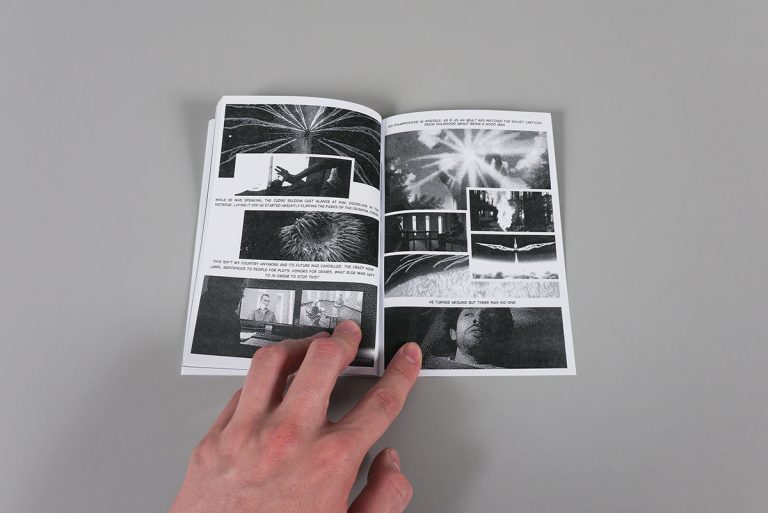
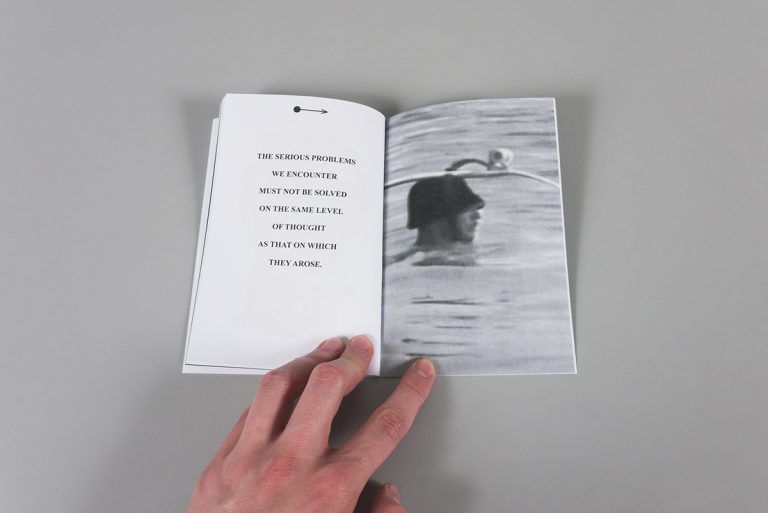
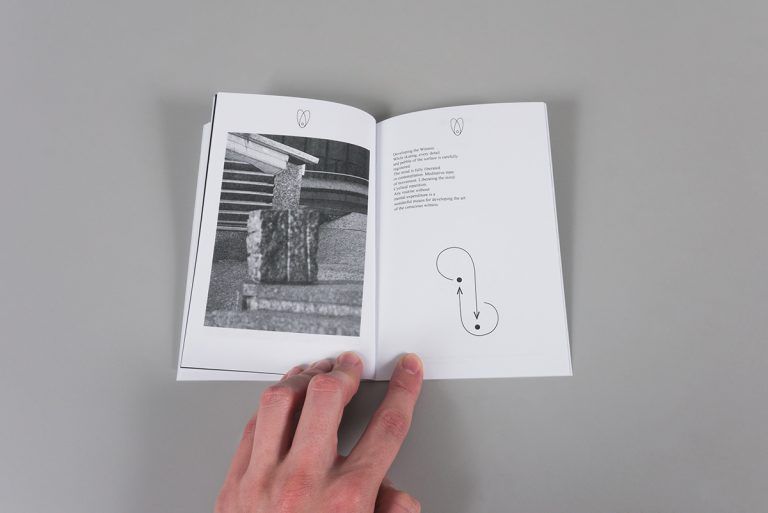
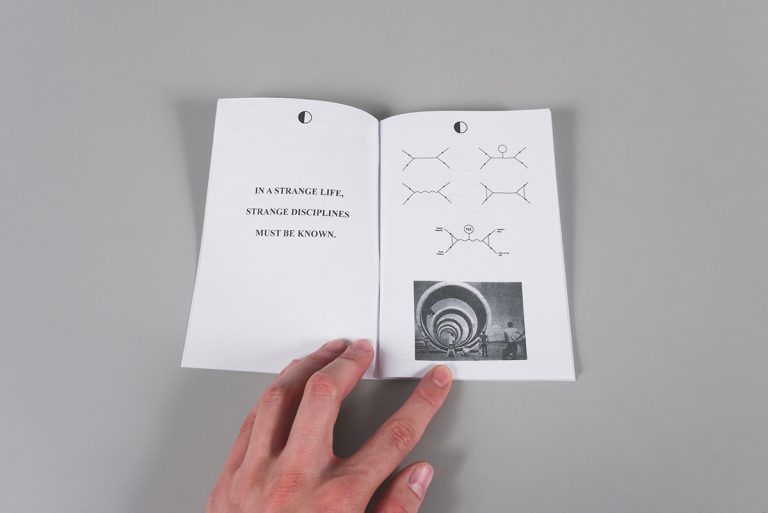
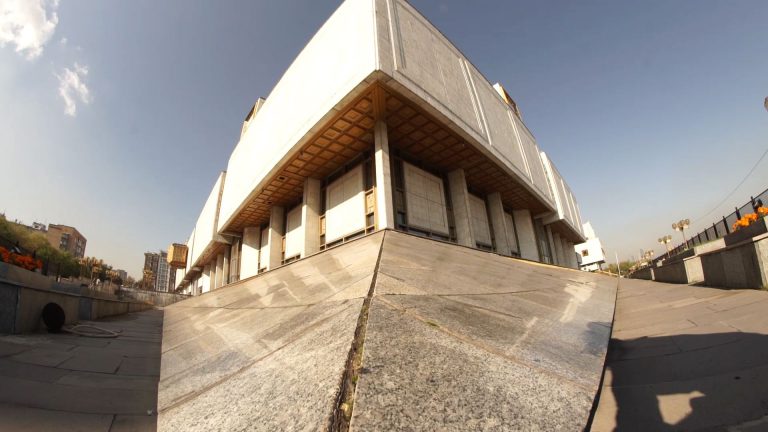
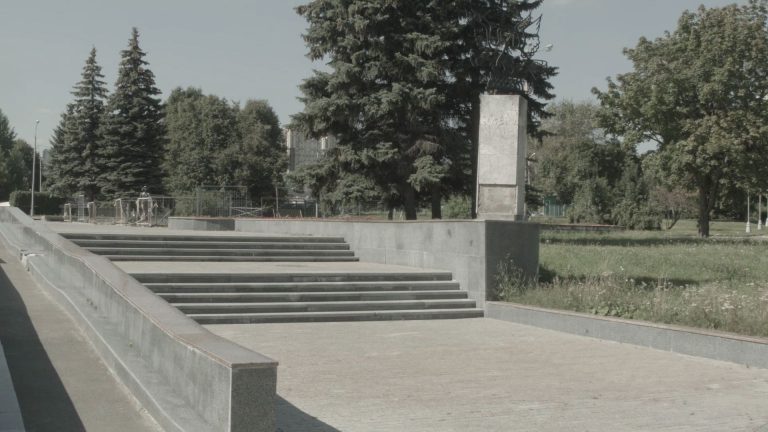
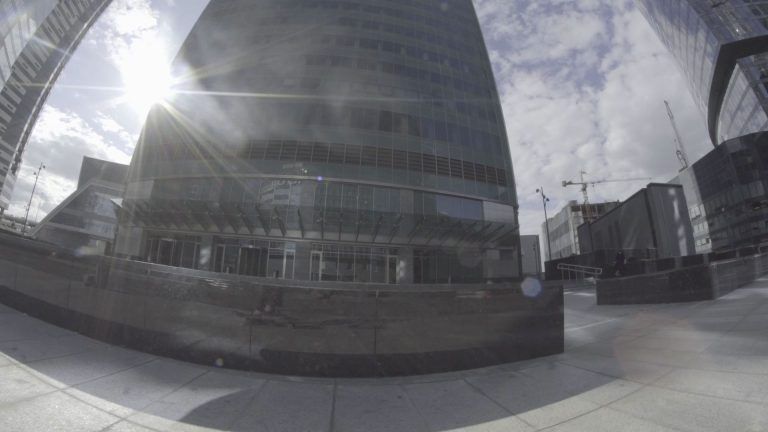
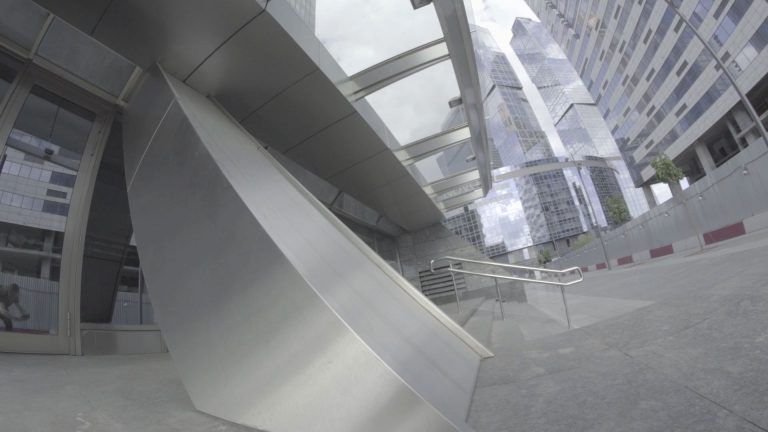
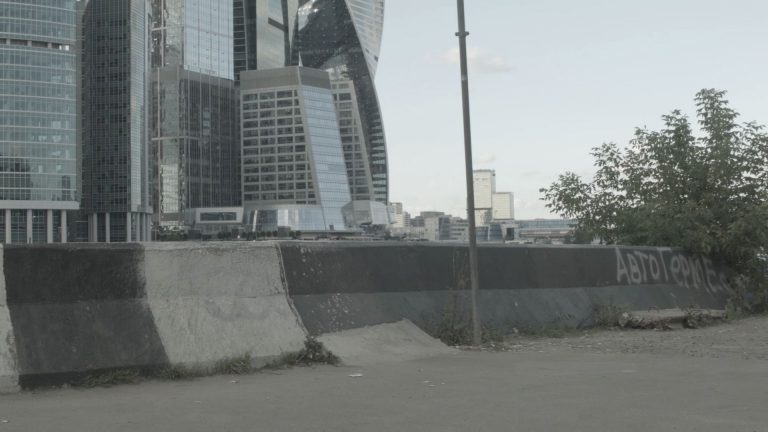
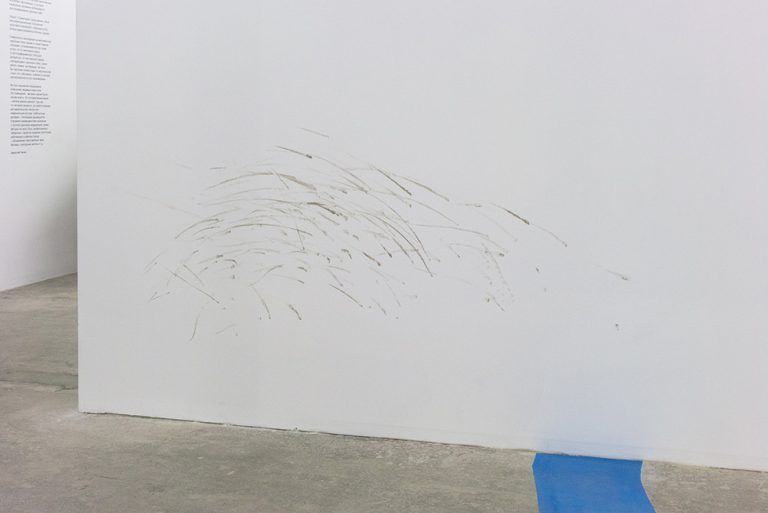
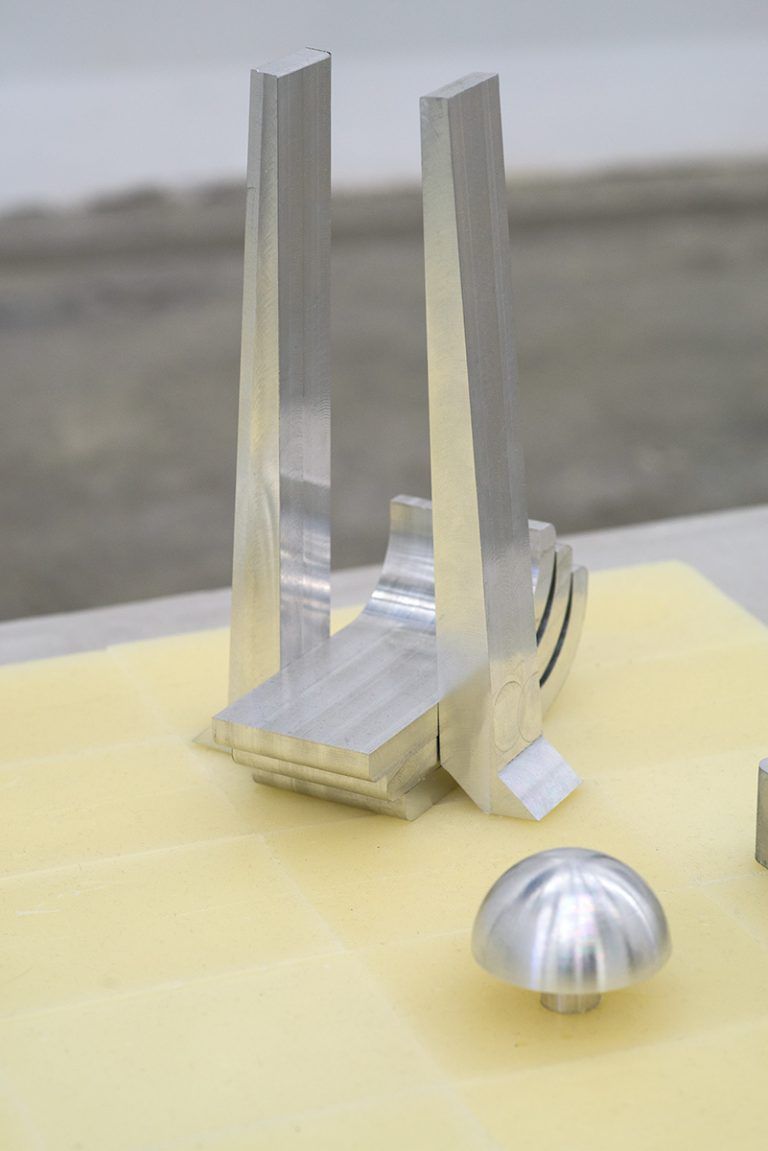
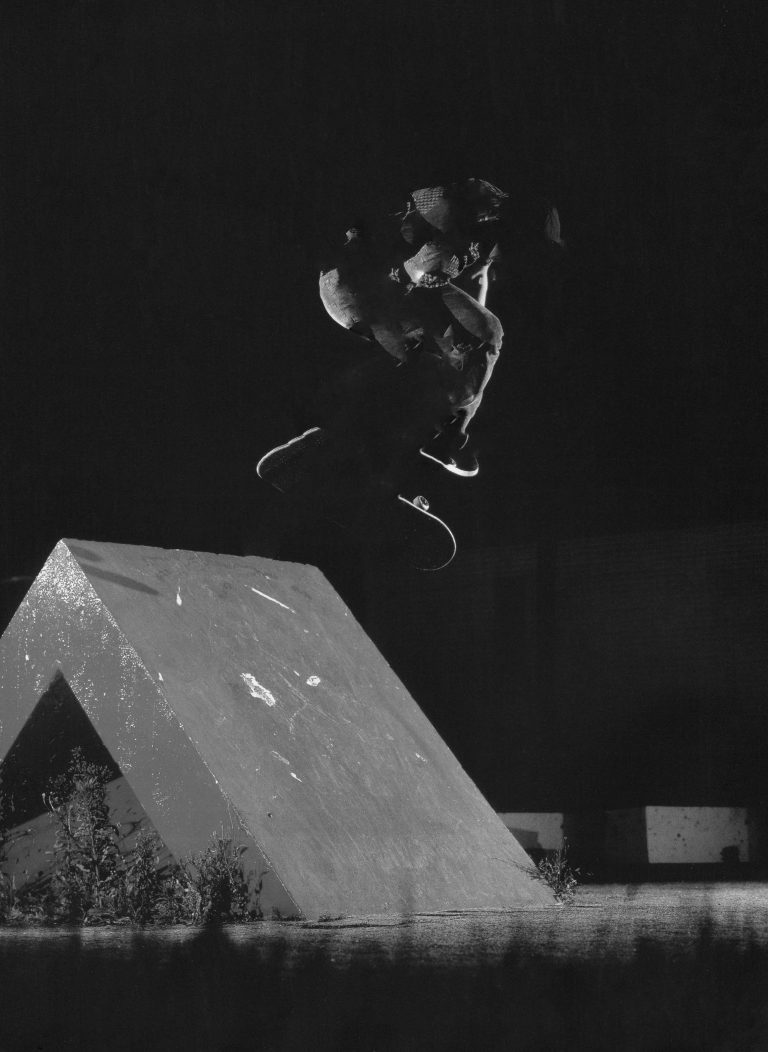
Kirill Savchenkov: Museum of Skateboarding is a project which examines skateboarding not as a subculture but through skills and experience it provides to a person, its impact on consciousness and body, and the particular point of view on the city. Skateboarding forms a person’s identity, and not only through wearing certain trainers and knowing trick names. During the process various skills are acquired: getting over pain, coordination, concentration in the moments of fear, physical abilities. Skateboarding also allows to experience urban space differently. It’s the only practice which is quite well known and spans various spheres of human activity like culture, style and sport, which reads the city on a physical level.
“Skateboarding is born when human body collides with the architectural.”
I was thinking of the ideas of functionalists and modernist architecture which were focused on organising the human existence in the city: skateboarding is the only practice which reads these concepts through the body, and opens up the hidden potential of this architecture. Skateboarding is focused on certain rhythms of movement in the city: how you push, read the possibilities of terrain. Skateboarding is born when human body collides with the architectural.
The whole project offers to look at skateboarding as practice which could be used in other spheres of human activity. We exist in the eclectic space of meta-religious spirituality, so I borrowed elements from martial arts and ritual dances to turn skateboarding into a contemporary system of survival in the city. This is not what we call skateboarding today, but an impossible knowledge, like the one from the future, skateboarding which evolved into a hybrid knowledge and practice of relating to things, objects and shapes.
Pavel Volkov’s photographs of skateboarding on Moscow rooftops
Photographer Pavel Volkov documented a crew of Moscow skateboarders taking a ride on the city’s most grand rooftops. Getting onto the rooftops illegally, they had a chance to witness the side of the city which often remains invisible to ordinary Muscovites: privatised Soviet-era buildings are mostly shut away off from public access.
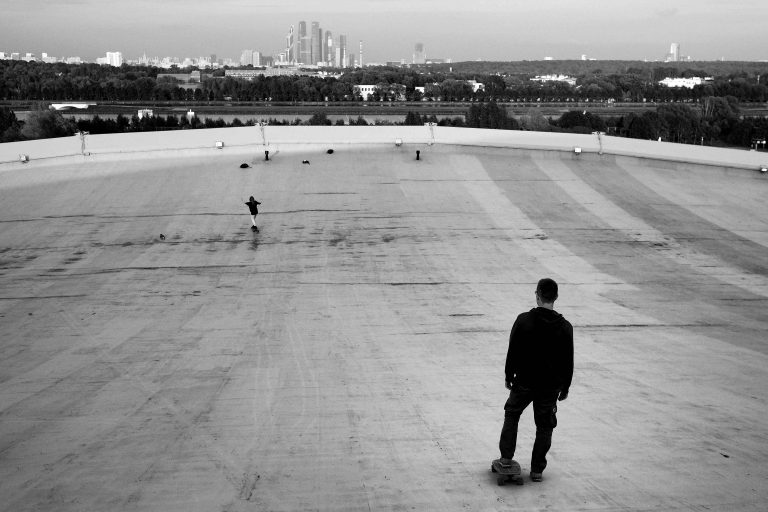
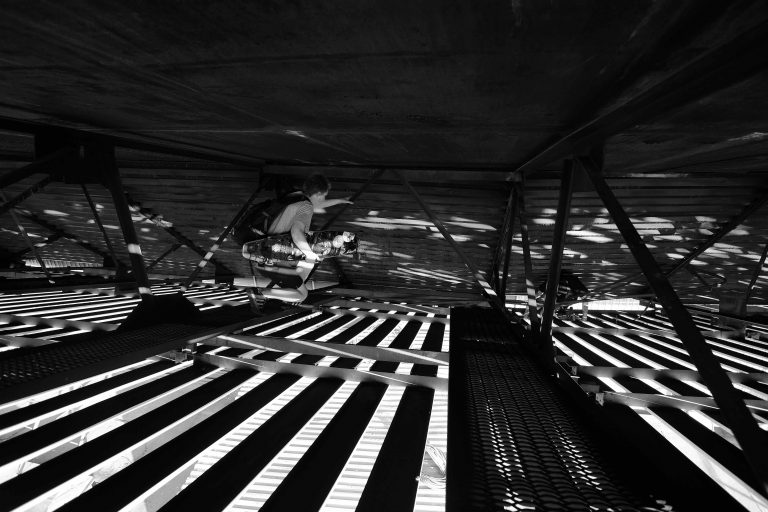
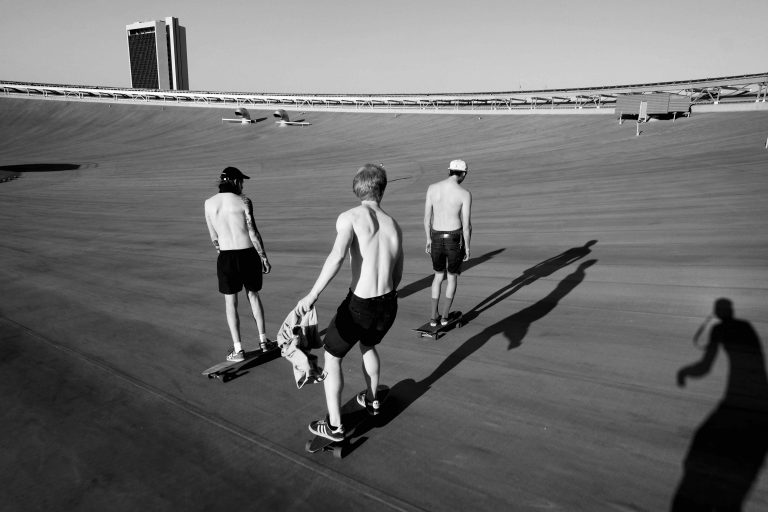
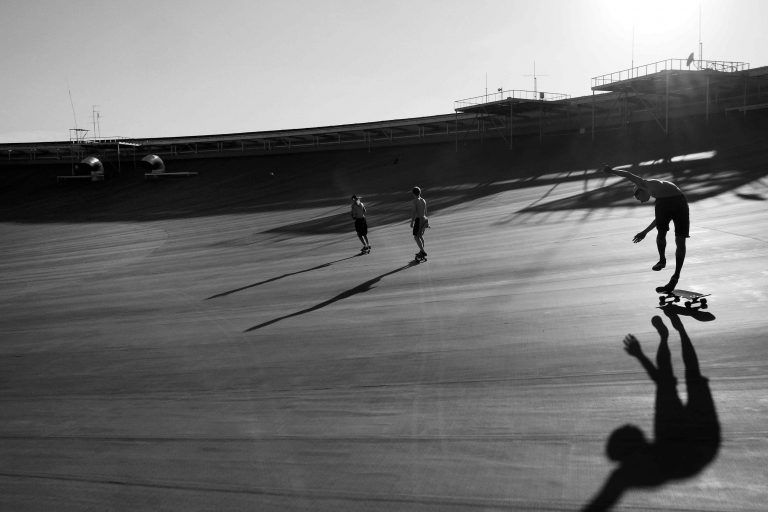
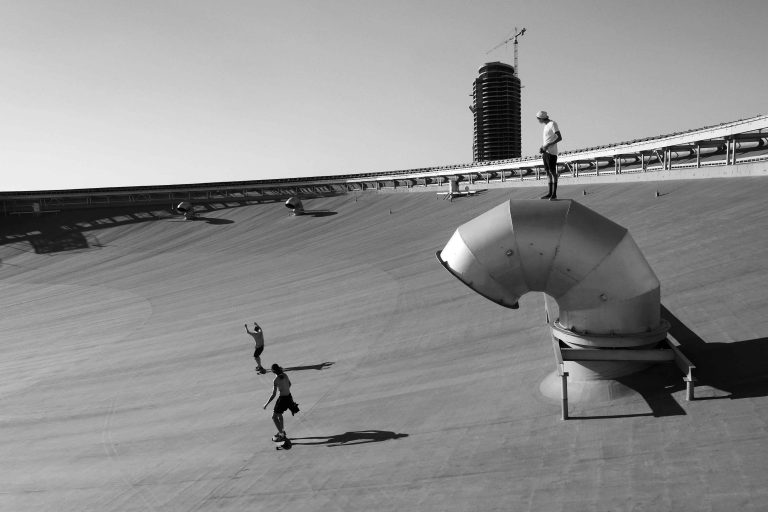
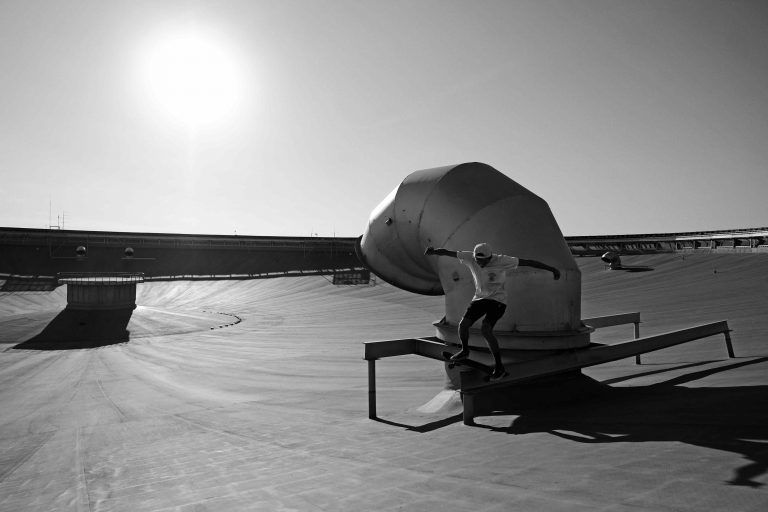
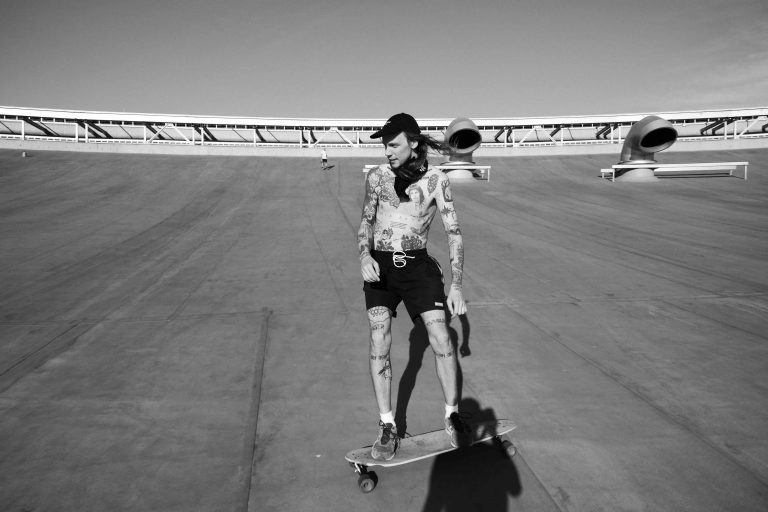
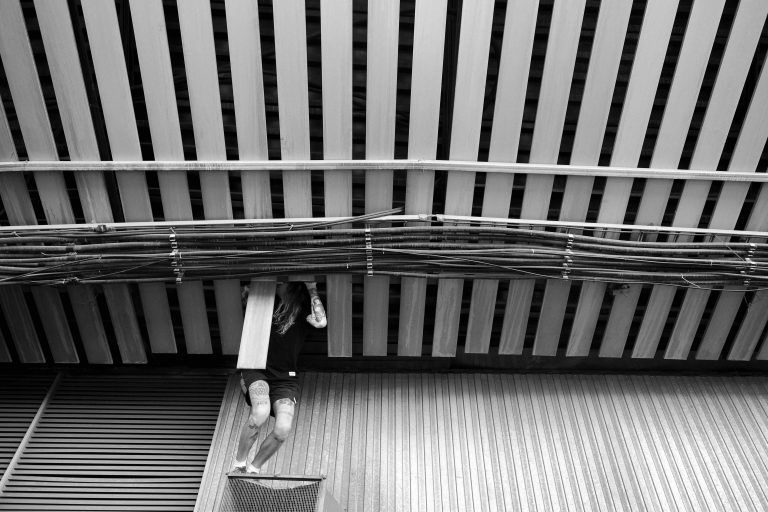
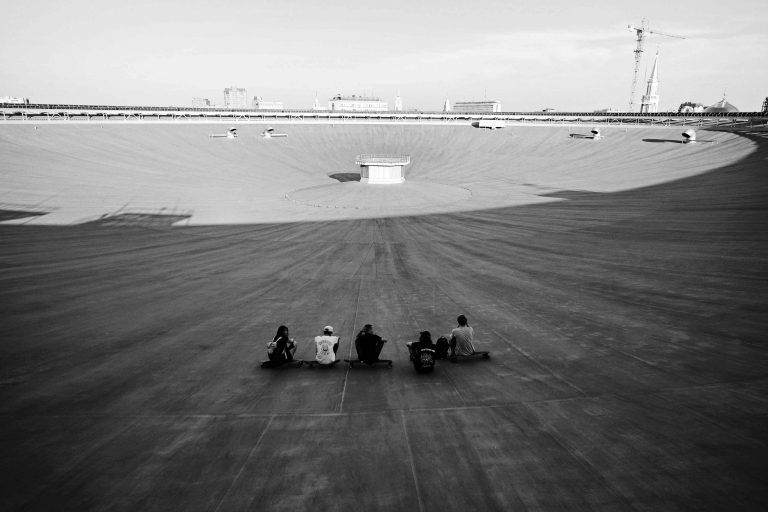
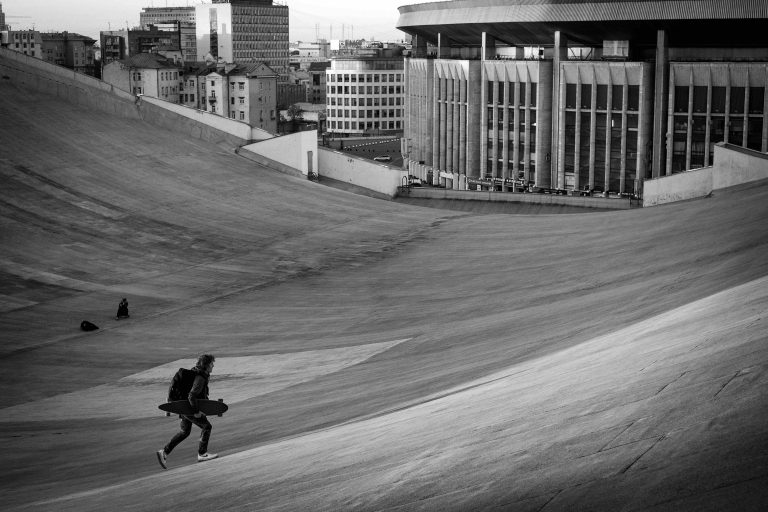
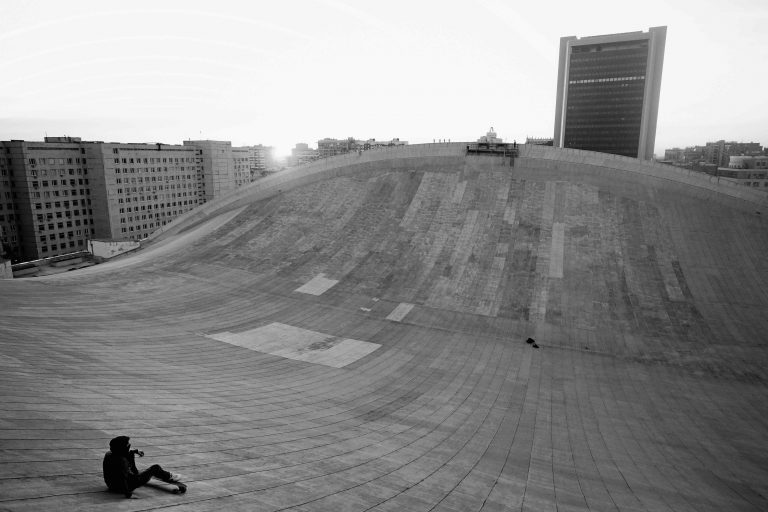
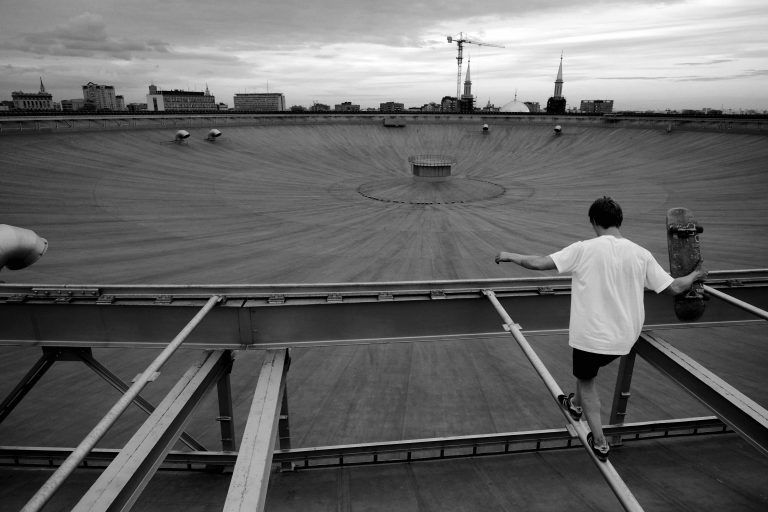
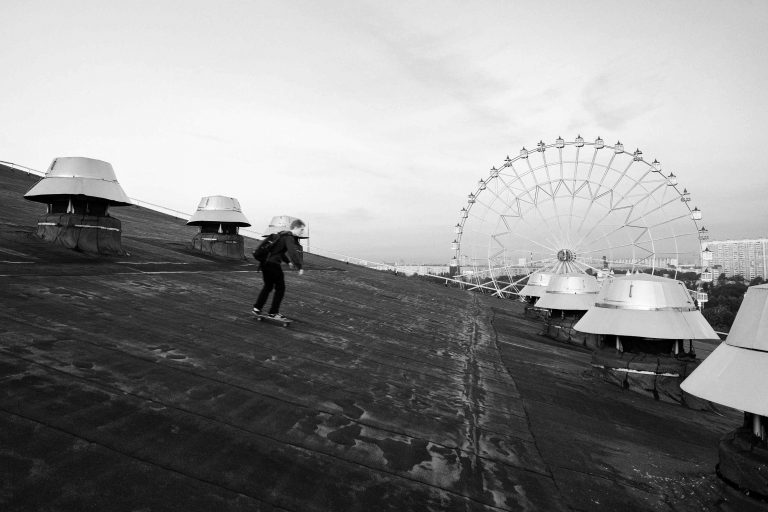
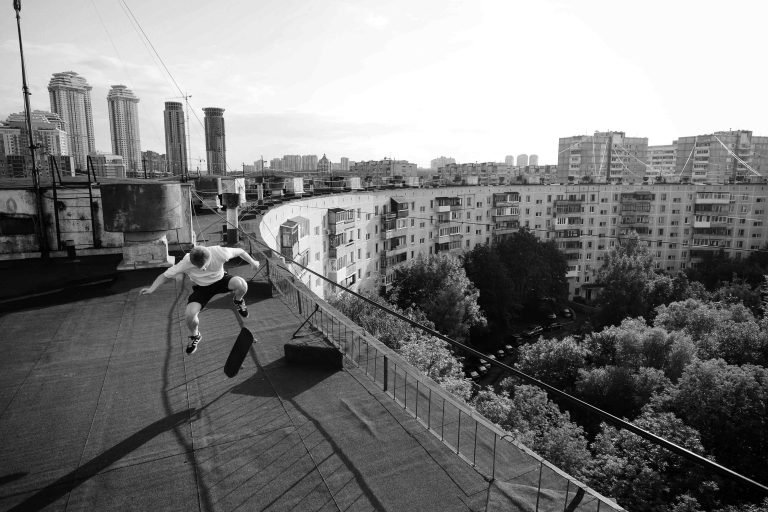
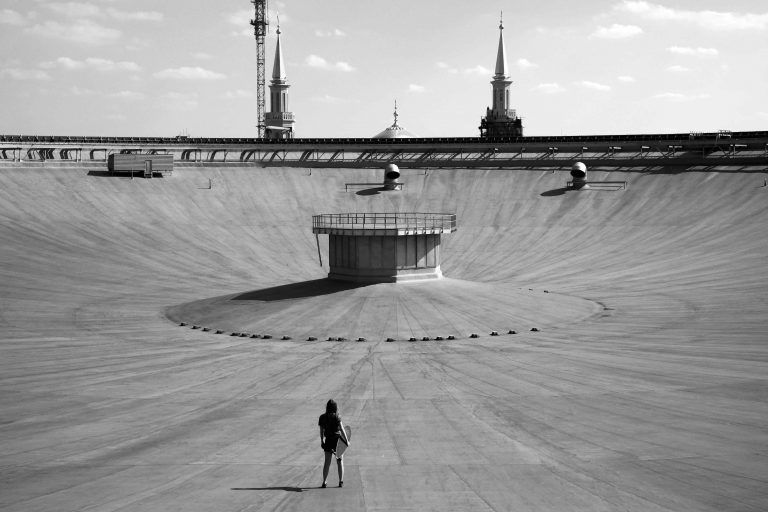
Pavel Volkov: I think the idea of riding on the rooftop is not that new. Guys from Moscow fixed gear community once took a ride on the roof of Olimpiysky swimming pool: they climbed up the scaffolding at dawn and rode till the security guards took them down. For me it started last Spring when I ended up at a rooftop where some friends were doing graffiti, and there was a friend on a skateboard. I thought that the view was great and asked him to skate a bit and took some photos. Then I remembered about the Olympiysky swimming pool, and realised that Moscow had more than one ramp-like rooftop. The whole project took almost the whole Summer as we had to go to each location at dawn to not get noticed. We were getting onto rooftops illegally but we acted fast and quiet so we didn’t have any trouble with the police.
Olympiyskiy sports complex was the most memorable: wandering in the 3-storey labyrinth in search of the way to the roof, sealed doors, crawling in the dusty funnels – and finally you get out and see the vast bowl of the rooftop in front of you. And hanging out there was great too, there are no tall buildings around so no-one sees you, apart from perhaps a builder on a crane. For skating Olympiysky swimming pool’s roof with its hard surface and hard slope is the best. I’ve never really been into skateboarding myself, but I used ride a mountain bike. Although while I was photographing I skated a little to catch up with the guys.
I think it’s not only Moscow which is known for extreme things like this, but Russia in general, and a few post-Soviet countries. Why do people do it? It’s simple: living here is expensive, and any hobby demands money – and this is free. And in other Russian cities there is simply nothing else to do.
Gleb Sereda’s feature film Kros
Russian filmmaker Gleb Sereda’s debut movie is a story of young drifters sliding on the surface of reality. The viewer follows a group of friends on a seemingly aimless odyssey which is going to change their lives forever, departing from the deserted streets of Moscow at dawn to abandoned architectural marvels of Crimea.
Gleb Sereda: When I started working on the film a few years ago it was at the height of the new wave of skateboarding. I used to skateboard as a kid, like at the age of 12, but the film is more about my friends who actually star in it, not me. I was inspired by works of Gus Van Sant, such as Elephant, Last Days and definitely Gerry. I was also very into the first film by Richard Linklater, It’s Impossible to Learn to Plow by Reading Books. When it comes to skate culture, my film touches upon it very briefly, it’s more a metaphor about teenagers drifting through reality. We filmed in Gorky park, Kitay-Gorod area, AND in the countryside around Moscow, in Veliky Novgorod, and around Yalta in Crimea. There is a scene with an enormous concrete bowl, it is an abandoned radio telescope in Simeiz, Crimea. It used to be the biggest telescope in Europe and used to look completely different: the surface was covered with mirror-like reflective material.
Stas Galaktionov’s Young zine
Growing out of an adolescence spent skating, 25-year-old Moscow-based filmmaker and photographer Stas Galaktionov felt the need to preserve the energy driving those years. His zine Young consists of shots from behind-the-scenes of skateboarding in Russia’s capital: cigarette breaks, fooling around, shared fleeting moments. It reflects perfectly the bond created through pain and urban exploration.
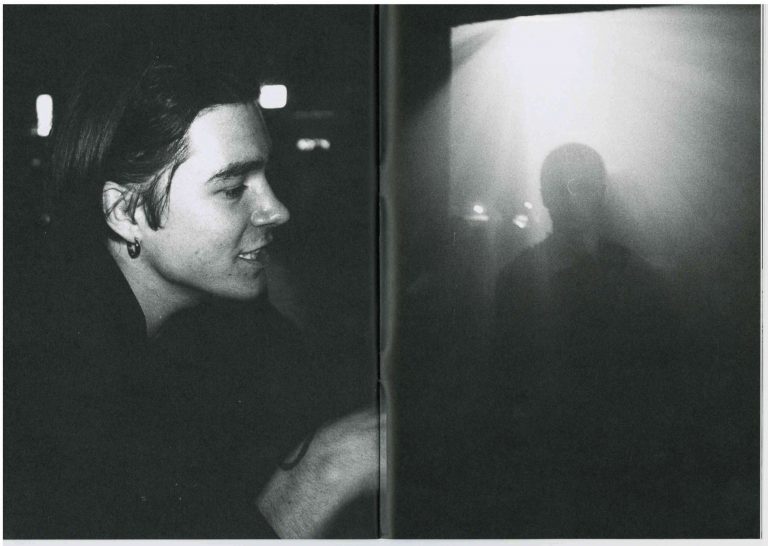
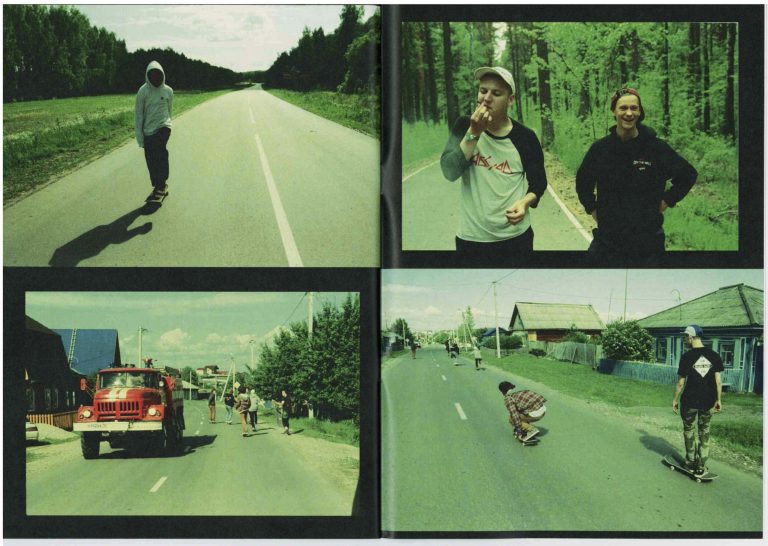
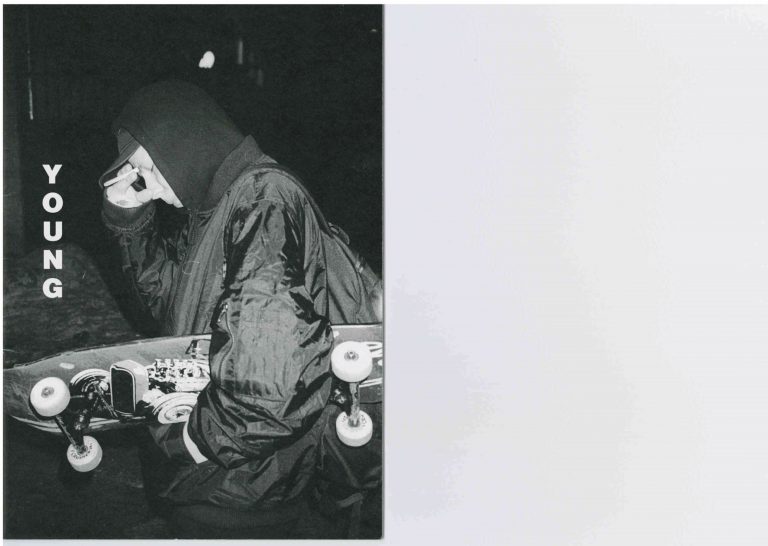
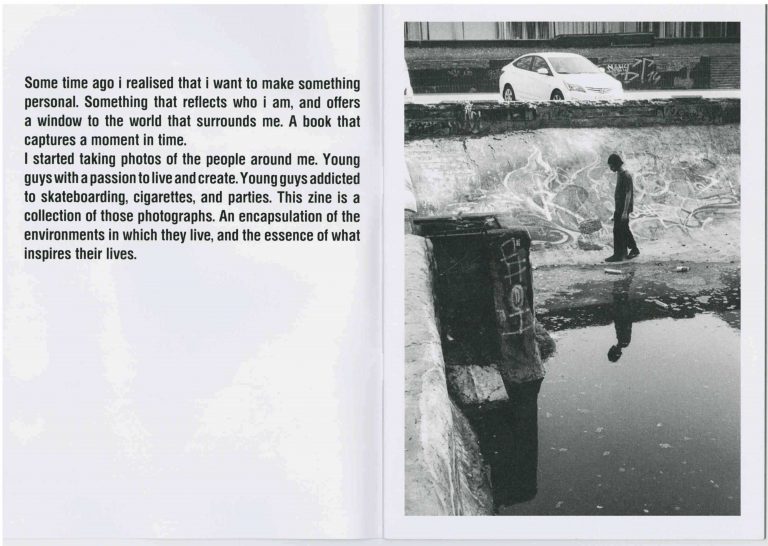
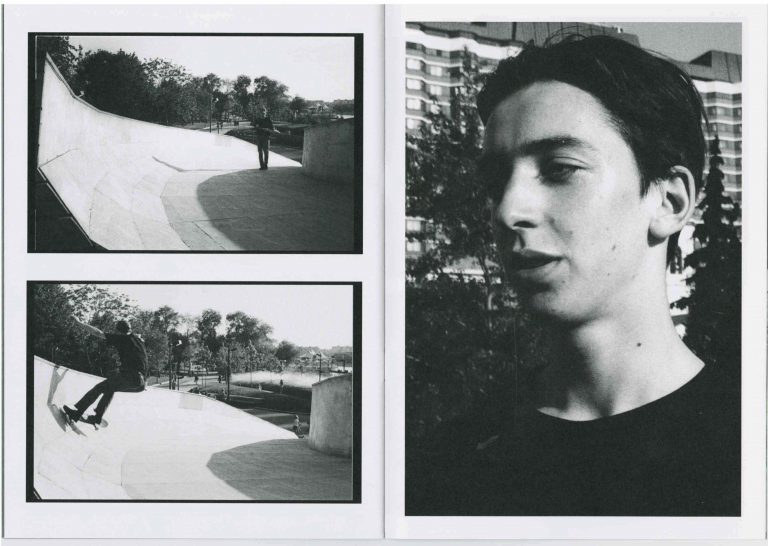
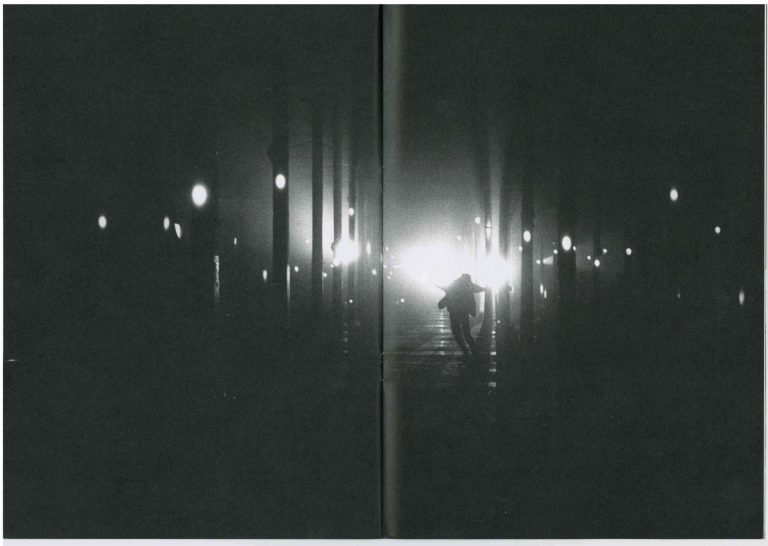
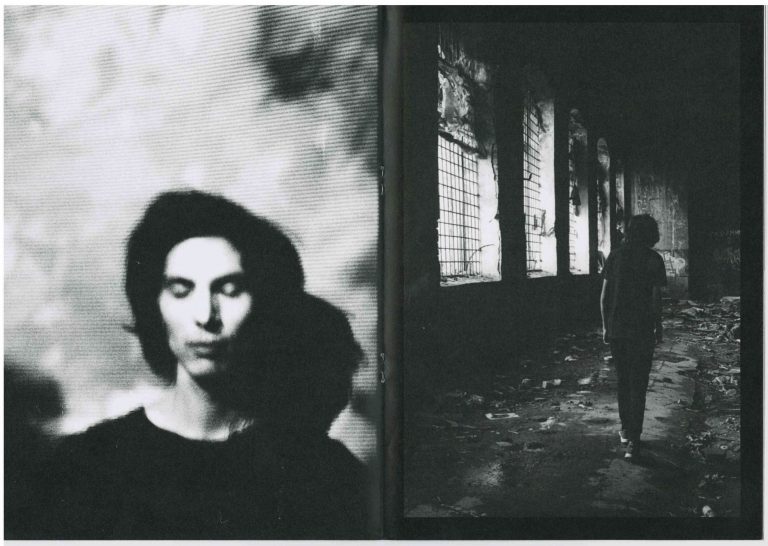
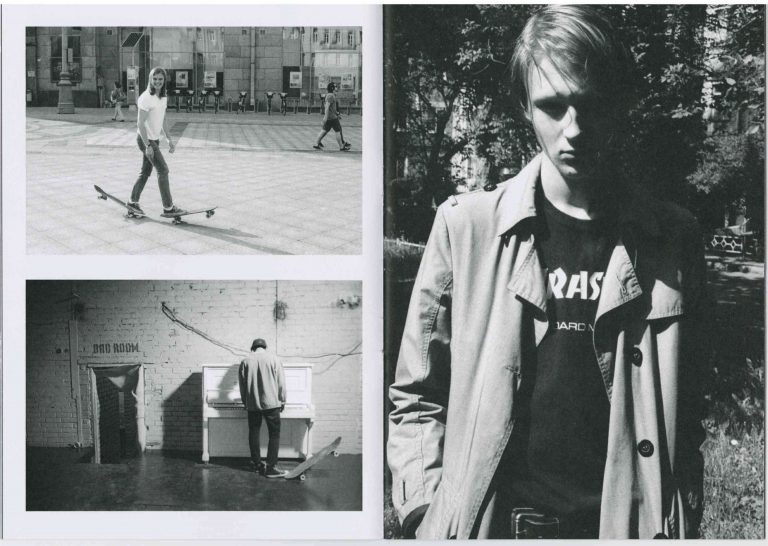
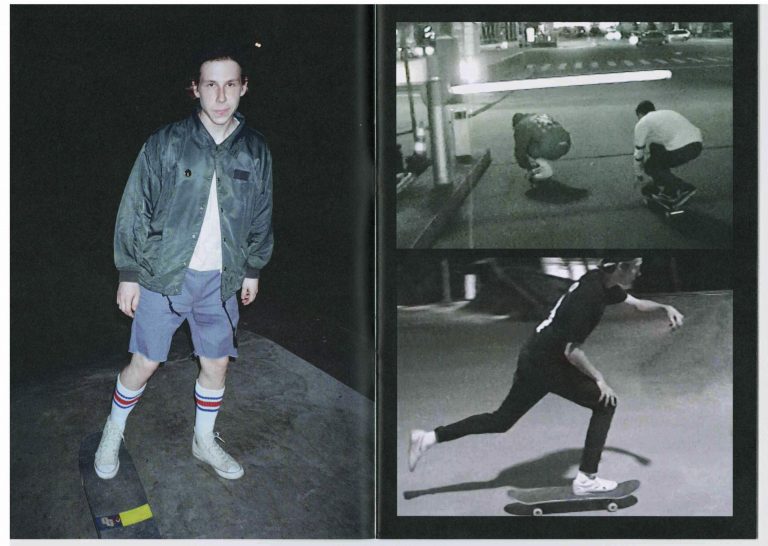
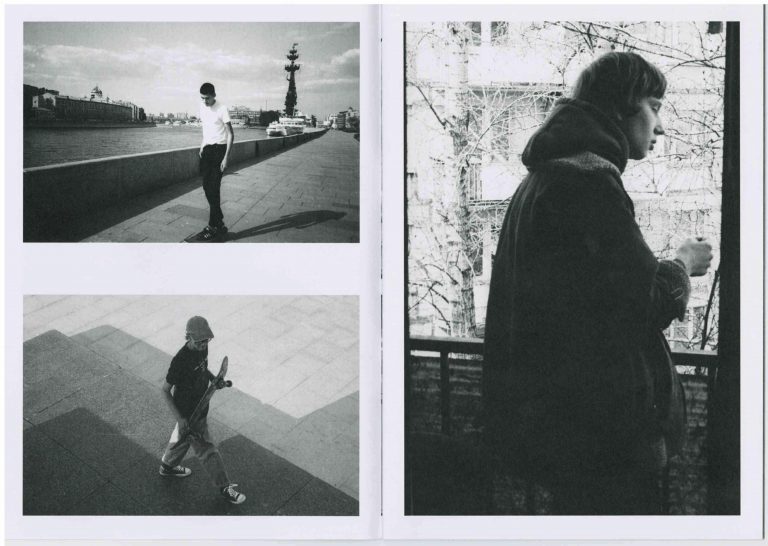
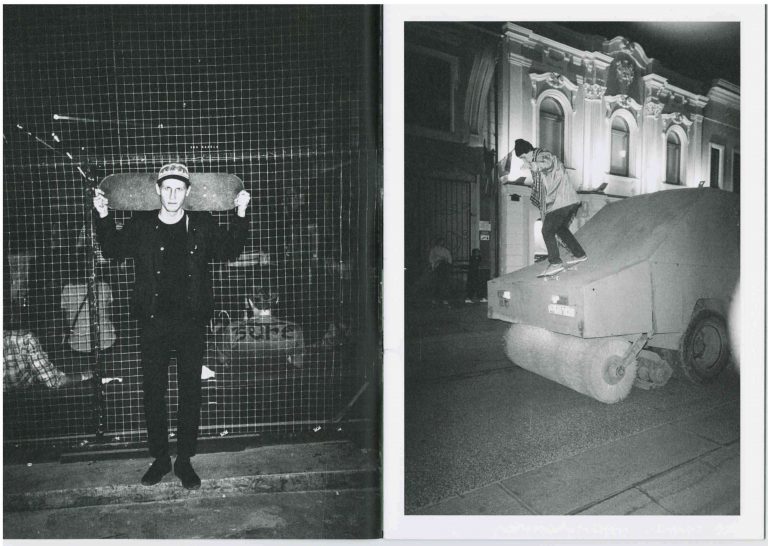
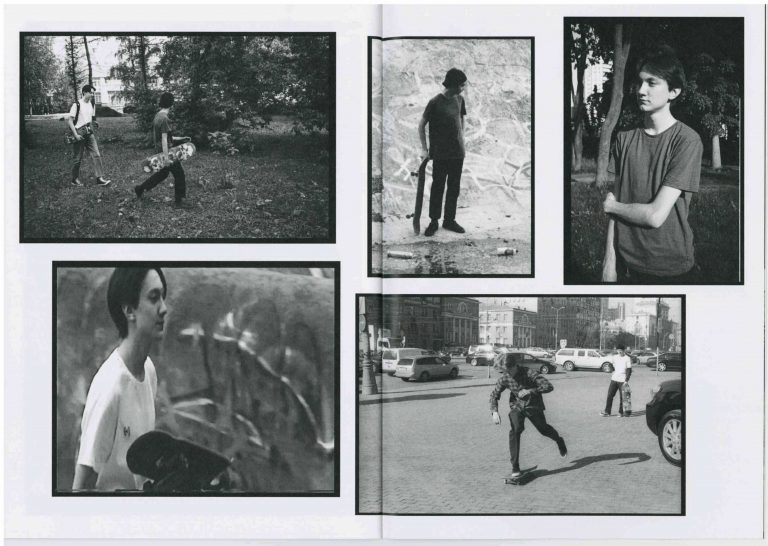
Stas Galaktionov: I got into skateboarding, like a lot of kids in the mid-2000s, because of Tony Hawk’s Pro Skater video game. A lot of teenagers wanted to learn to skate like in the game, and most completely lost interest when facing the difficulties, but I was the opposite. Back then skateboarding had a very strong subcultural feeling, it was an outsider culture. Its alienated environment was the main draw. At some point I got tired of skateboarding and tried to reimagine it for myself. As a skater I was mostly focused on tricks, but then I decided to capture the moment which often remain unphotographed. I wanted to capture the moment, and young guys who have the energy and aspiration which are often lost with time. Skateboarding as part of my creative practice was never a question: even in the years after I stopped actively skating, it’s ingrained in my DNA.
In the mid-2000s when I was starting out you had to try hard to find places to skate. Various monuments from the Soviet times were very good for skateboarding, which used to always infuriate the older generation. Now everything HAS changed: there are lots of concrete skateparks, the streets are resurfaces, there are more and more good spots and the city itself becomes a better place for skateboarding. Moscow and its architecture is definitely suitable for skating, BUT the main drawback is climate: Summer is at least bearable, but in winter it’s just impossible, and there are no decent indoor skateparks. I think skateparks today are the main spots where everyone hangs out – although old monuments, like the Lenin monument in central Moscow, are never empty: whole generations of skaters are very used to them.
Julian Klincewicz’s ЖУРНАЛ
Californian artist Julian Klincewicz visited Moscow in 2015 to hang out with skateboarding crew of his friend and collaborator Gosha Rubchinskiy, including skating champion Tolya Titaev. Later he turned the visual diary from the trip into a book titled ЖУРНАЛ [Journal], an immediate snapshot of the local scene fuelled with the experience of skating on the streets of Moscow.
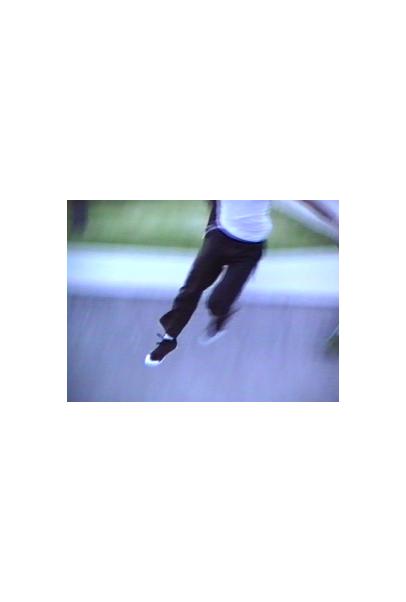
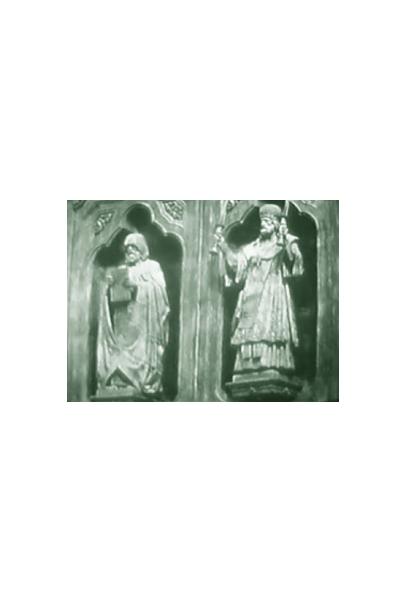
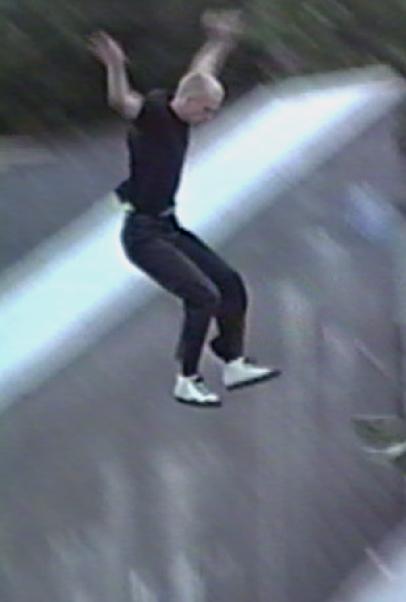
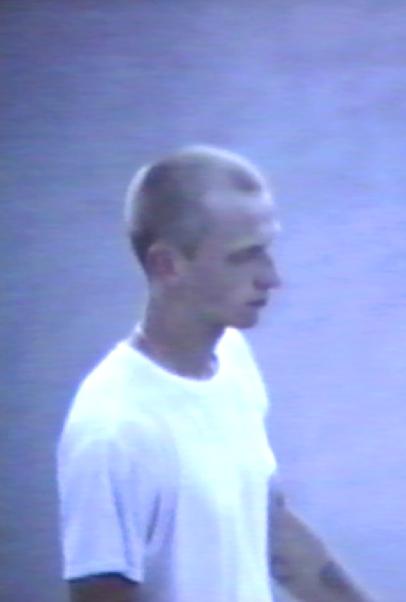
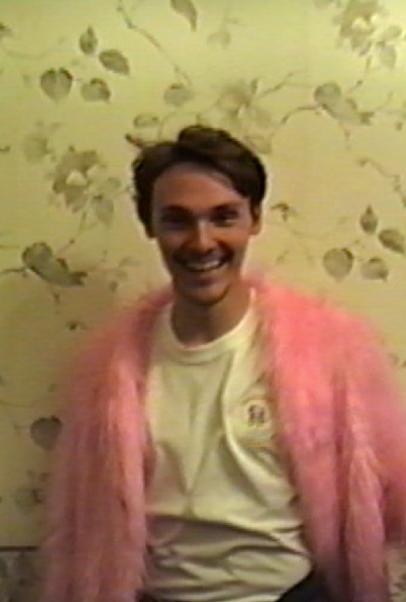
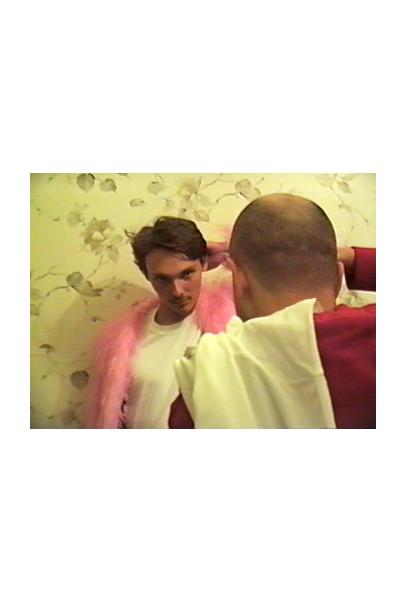
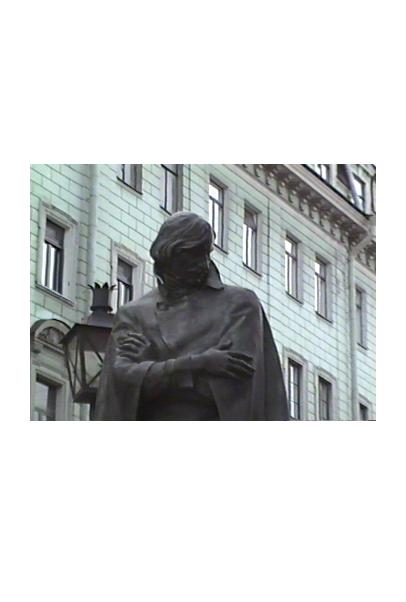
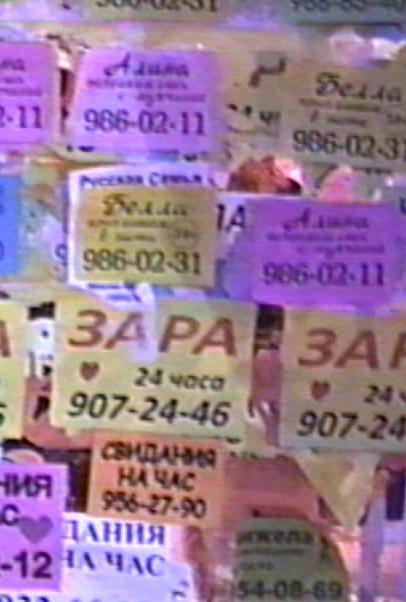
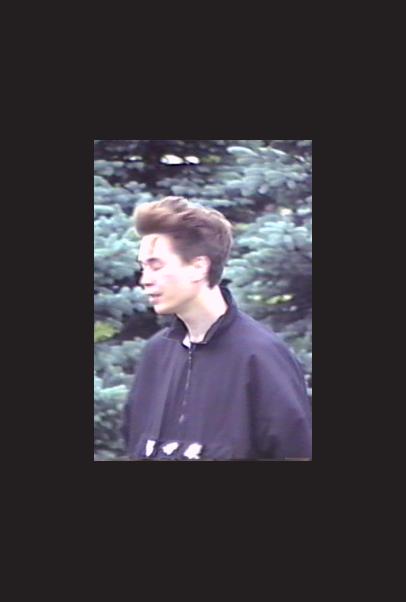
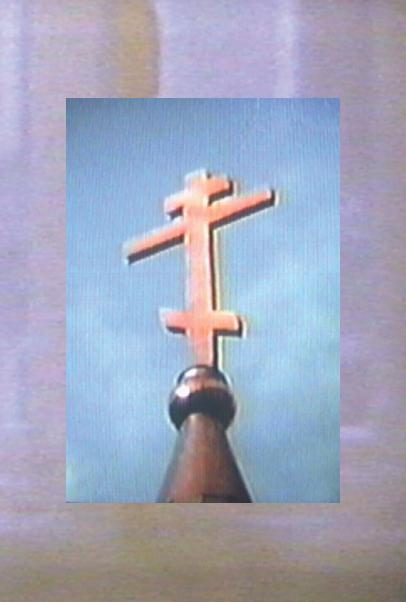

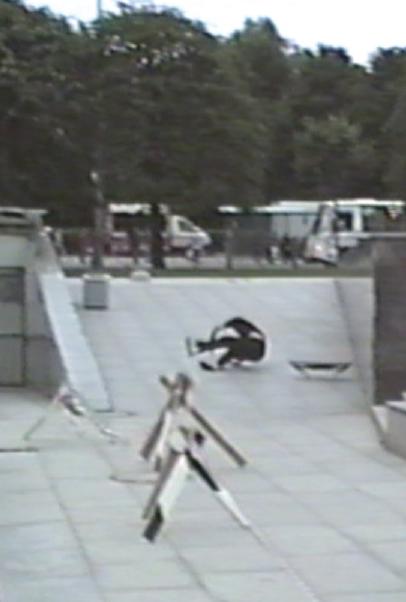
Julian Klincewicz: Skateboarding in Russia still feels really fresh and new. I think part of that for me was just that having no prior experience of Russia – but the type of energy that seems to be driving everyone i met, was really based around the core of what skateboarding is about – fun. Skating in Russia really reminded me when I first started, and having that constant excitement to just learn something new, see new spots, and hang out with your friends. Most of our skating was around Gorky Park – there’s a few different skate parks within the larger park, and a lot of cool street spots near by. There’s also so many amazing spots in and around Victory park, and in terms of scenic spots to skate, it was a really cool experience.
I think because so much of Moscow is much older than architecture in California, it definitely has a different feel. It’s maybe a bit more challenging, but for that very reason in some ways it’s more interesting and can be way more fun… In that regard, in the context of trying to grow and learn something new – skating in Russia was a great experience. I think it also helps to create a sort of unique style – something Tolya embodies.